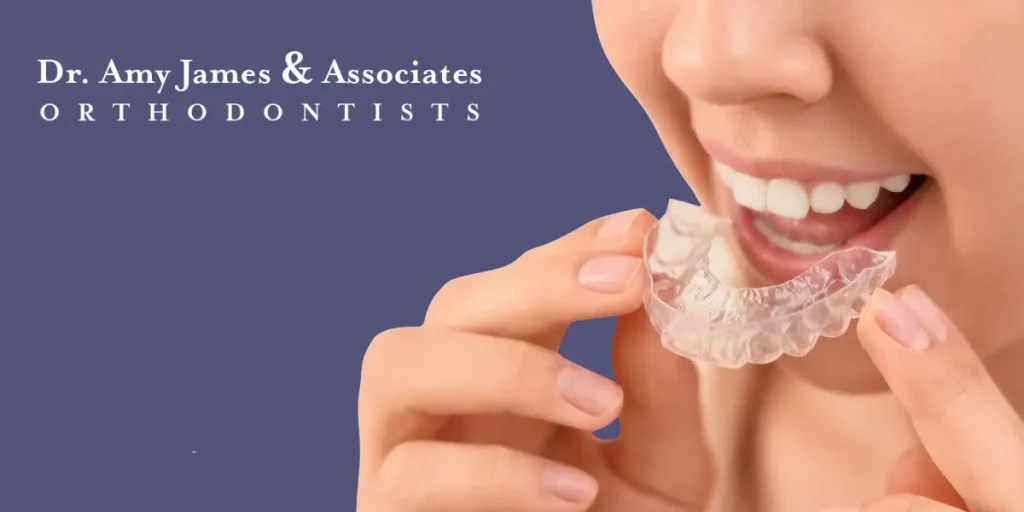When you’re trying to decide how to straighten your teeth, you’re likely comparing the two most common options: metal braces vs Invisalign. Each has its strengths and challenges, and the right choice depends on factors like your lifestyle, orthodontic needs, and overall goals. Whether you’re looking for something discreet or need more intensive treatment, understanding the key differences between the two can help you make an informed decision.
Aesthetics: How Do You Want Your Orthodontic Treatment to Look?
One of the first things many people look at when comparing metal braces vs Invisalign is how they both affect your appearance. Metal braces are made of brackets and wires, which are visible on your teeth throughout the treatment. These aren’t subtle by any means, although today’s metal braces are more refined than ever before. You can even personalize your braces with colorful bands, which some younger patients find fun.
Invisalign, on the other hand, is designed to be almost invisible. These clear plastic aligners are molded specifically for your teeth, allowing you to straighten your smile discreetly. For adults or teenagers who prefer not to call attention to their orthodontic treatment, Invisalign is often more appealing, especially in professional or social settings.
Comfort Level: Metal Braces vs Invisalign in Daily Life
When it comes to comfort, there’s no clear winner between metal braces vs Invisalign—it depends on your personal preferences. Metal braces exert constant pressure on your teeth and can sometimes cause discomfort, especially after your orthodontist tightens them during checkups. Additionally, the brackets and wires may irritate the inside of your mouth. The good news is that orthodontic wax can help if irritation occurs.
With Invisalign, the experience is generally smoother. The aligners are made of plastic, so there’s no uncomfortable metal rubbing against your cheeks or gums. While you might feel some tightness when switching to a new set of aligners, this discomfort is often described as more manageable than the tightening associated with braces. However, Invisalign isn’t entirely hassle-free—aligners need to be worn for 20-22 hours a day, which demands discipline.
Food and Oral Hygiene: What’s Easier to Manage?
Choosing between metal braces vs Invisalign also means thinking about how it will affect your eating habits and oral hygiene routine. With metal braces, it’s crucial to avoid certain foods that can damage the brackets or wires. Chewy, hard, or sticky snacks like caramels, popcorn, or nuts may have to go. Moreover, brushing and flossing might require more effort, as cleaning around the brackets can be tricky.
Invisalign gives you more freedom in the food department. Since you take the aligners out while eating, you can enjoy all your favorite meals without concern. However, you’ll need to brush your teeth before putting them back in to prevent food from getting trapped under the aligners, which makes carrying a toothbrush around necessary.
Verdict: What’s Right for You?
In the end, the metal braces vs Invisalign debate depends on your priorities. If you have more complex dental concerns or want a more straightforward treatment without having to worry about removing and cleaning aligners, metal braces might be the better choice. They’re effective across all levels of orthodontic cases and often come at a lower cost.
But if discreet aesthetics, comfort, and food flexibility are your top considerations, Invisalign could be worth the investment—just be sure you’re up for the commitment required to wear your aligners consistently.
No matter which option you choose, both metal braces and Invisalign will ultimately lead you to the same goal: a smile you’ll be eager to show off.




